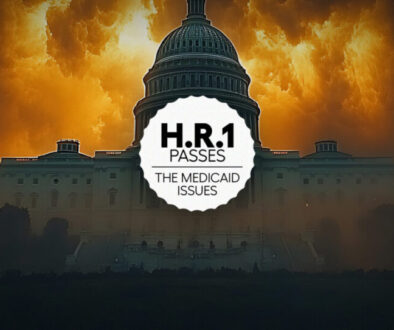National Flood Insurance Program nears Nov. 17 expiration
The National Flood Insurance Program is set to expire later this month and needs comprehensive reform if there is any hope of a long-term reauthorization from Congress, said Diane Horn, a flood insurance and emergency management analyst for the Congressional Research Service.
One plaguing issue is the NFIP’s financial standing: it has $3.88 billion available and has $20.525 billion in debt, Horn said Monday at the American Academy of Actuaries’ annual meeting in Washington D.C. The program also has $9.9 billion left in borrowing authority, $1.8 billion in reinsurance coverage, and since Hurricane Katrina has paid out $2.8 billion in repayments on principle and $6.17 billion in interest.
While the Federal Emergency Management Agency has the authority to raise premiums, increases are capped at 18% for primary residences and 25% for others, Horn said.
New pricing approach
A new pricing approach known as Risk Rating 2.0 hopes to alleviate some of the pressure by connecting premiums to an individual property’s flood risk rating rather than traditional flood zone maps. These maps were unable to capture the most recent risks to a local area, which in some cases left out the biggest risks of flooding, said Philip Mulder, an assistant professor of risk and insurance at the University of Wisconsin Madison.
“To be a little reductive, you can think of [flood maps] of dividing the world into floodplains and not floodplains,” said Mulder, who received the American Academy of Actuaries’ inaugural public policy research award for his research report, “Mismeasuring Risk: The Welfare Effects of Climate Risk Information.”
Mulder’s research found that despite higher premiums, voluntary flood insurance demand was higher inside the floodplain. Expected flood losses were 30% lower during similar floods for homes that were built to floodplain standards, and correctly mapping a high-risk home inside the floodplain reduces its 30-year economic flood damages by 45%.
So while Risk Rating 2.0’s approach aligning flood insurance premiums with risk is great, traditional flood maps can still be useful, Mulder said during the panel discussion. Pairing appropriate price signals with helpful information encourages adaptation and smart development.
“The problem from our perspective is it’s very hard for a homeowner or prospective home buyer to find out what your risk rating would be,” Mulder said. “The Information [in Risk Rating 2.0] is not as salient as the flood map.”
Risk Rating 2.0 also highlights another issue that Horn said needs reform: affordability of NFIP. The Government Accountability Office anticipates that some policies will increase 300% or more to full-risk premiums.
Policies expected to reach full premium by 2049
It’s expected that by 2049, all policies will reach full risk premium, Horn said.
In addition to debt, premium rates and affordability, CRS’s research determined that reforms are needed to remove barriers to private sector involvement in the flood insurance market, get more consumers to participate in NFIP, and to make NFIP more resilient.
“I would add two other [issues]: flooding outside of the floodplain and catastrophic events,” both of which are becoming more frequent, Horn said.
There also needs to be work done in showing how mitigation efforts, such as elevating a property and installing flood vents, can help homeowners save on flood insurance, she said.
The NFIP is set to expire at midnight on Nov. 17, but many expect it will receive another short-term authorization to extend it to Feb. 2, Horn said. The program’s last long-term reauthorization came in 2012.
According to the Congressional Research Service, unless reauthorized or amended by Congress, the following will occur on November 17, 2023:
The authority to provide new flood insurance contracts will expire. Flood insurance contracts entered into before the expiration would continue until the end of their policy term of one year.
The authority for NFIP to borrow funds from the Treasury will be reduced from $30.425 billion to $1 billion.
Other activities of the program would technically remain authorized, such as the issuance of Flood Mitigation Assistance Grants. However, the expiration of the key authorities listed above would have potentially significant impacts on the remaining NFIP activities.
Ryan W. Neal has more than 14 years of experience as a reporter, including nine years covering the financial services industry. He formerly served as technology editor at Investment News.
© Entire contents copyright 2023 by InsuranceNewsNet.com Inc. All rights reserved. No part of this article may be reprinted without the expressed written consent from InsuranceNewsNet.com.
The post National Flood Insurance Program nears Nov. 17 expiration appeared first on Insurance News | InsuranceNewsNet.



